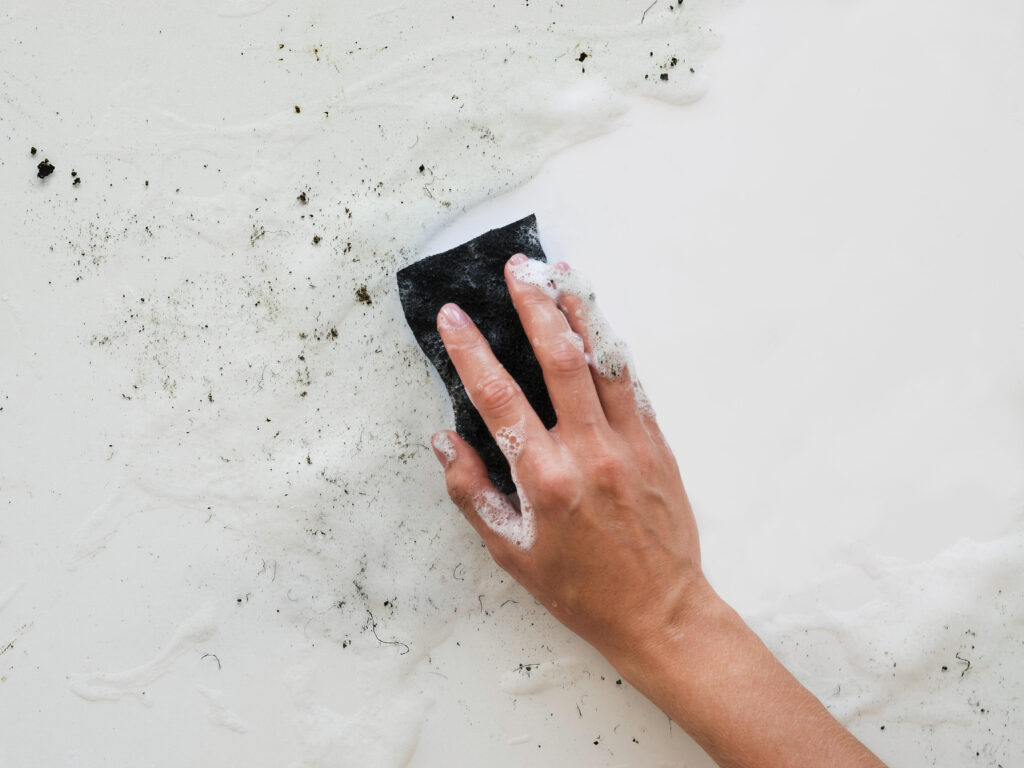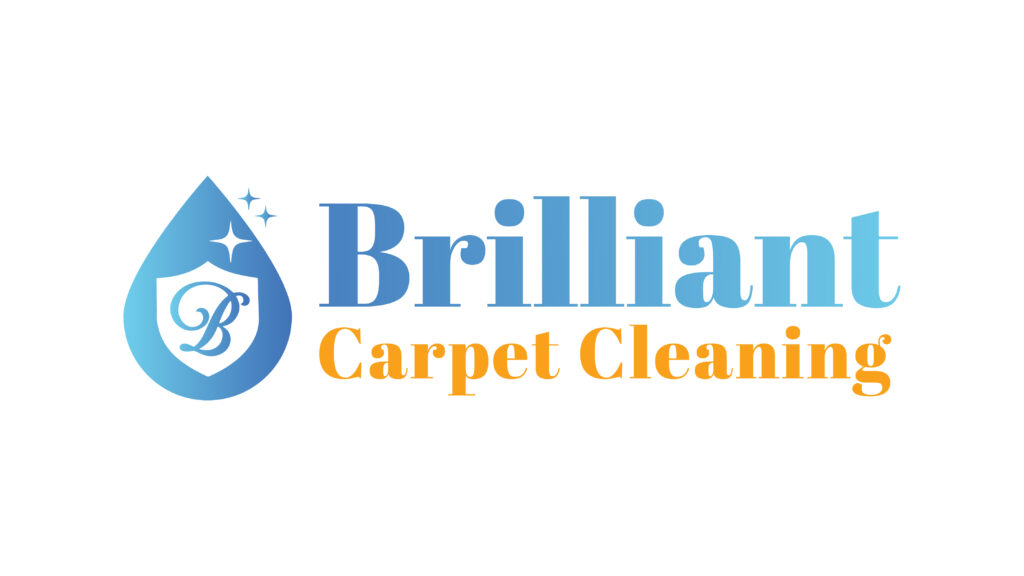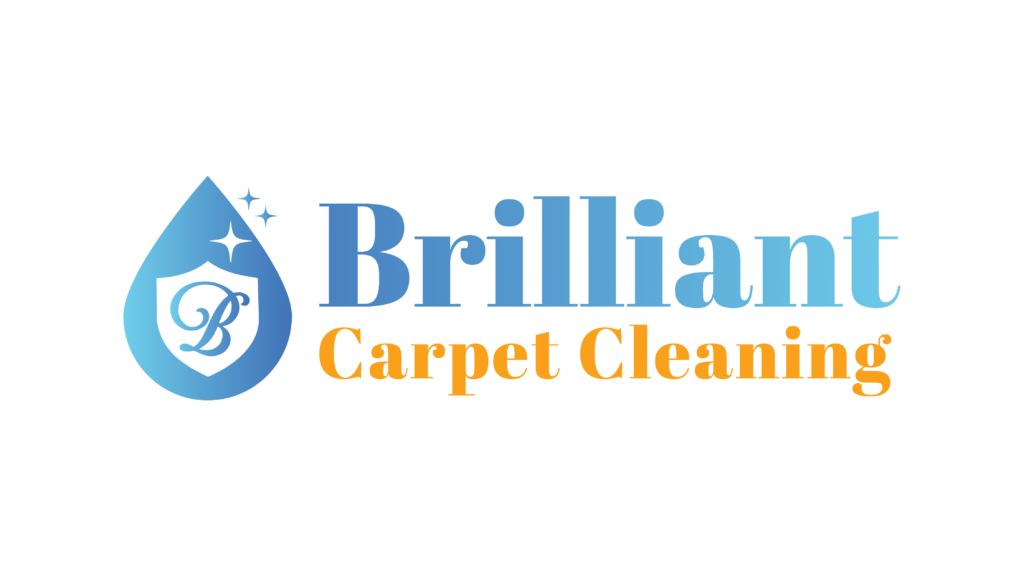
Mold is a common problem that many homeowners face, and if left unaddressed, it can cause significant damage to your home and health. Getting rid of mold is just half the battle. The real challenge is preventing it from coming back. In this blog post, we will explore everything you need to know about mold, its impact on your home, and the common areas where it grows. We will also discuss how to identify mold growth in your home and the pros and cons of professional vs DIY mold remediation. Lastly, we have listed down some practical steps you could take to prevent future mold growth in your home so that you can breathe easy knowing that your family’s health is not at risk.
Understanding Mold and Its Impact on Your Home
Mold can damage your home and pose health risks, especially for those with allergies or weakened immune systems. Promptly addressing water damage is important to prevent mold growth. Regular inspection and cleaning are crucial preventive measures. Understand the impact of mold and take proactive steps to keep your home safe and healthy.
What is Mold?
Mold is a type of fungus that thrives in damp and humid environments. It can appear as black, green, or white patches on various surfaces. The growth of mold is often accompanied by a musty odor. Commonly found on porous materials like drywall and ceiling tiles, mold issues are prevalent in areas with water damage or high humidity levels.
Effects of Mold on Health and Home
Mold exposure can cause allergies, respiratory issues, and asthma attacks. It can also damage materials and impact indoor air quality, posing health risks. The EPA advises cleaning mold promptly and seeking professional remediation if needed. Take proactive measures to prevent mold growth and address any issues that arise.
Common Areas for Mold Growth in a Home
Bathrooms and kitchens, with their high moisture levels, are common areas for mold growth. Limited ventilation in basements and attics creates an ideal environment for mold to thrive. HVAC systems, especially air ducts, should be properly maintained to prevent mold growth. Water damage, such as leaky plumbing, can lead to mold growth in affected areas. Additionally, porous materials like insulation and drywall can harbor mold spores. It’s important to address these areas to prevent future mold growth in your home.
Bathroom and Kitchen
Regularly clean bathroom surfaces, fixtures, and ventilation systems to prevent mold growth. Use exhaust fans for proper ventilation in moisture-prone areas like bathrooms and kitchens. Fix plumbing issues promptly to prevent water damage and mold growth. Dry damp areas like shower curtains, towels, and bath mats to prevent mold growth. By taking these preventive measures, you can create a healthier environment and reduce the risk of mold in your bathroom and kitchen.
Basement and Attic
Controlling humidity levels is crucial in basements and attics to prevent mold growth. Proper insulation and ventilation help prevent moisture buildup in these areas. Regular inspection of plumbing, roof, and insulation is necessary to detect and address potential mold issues. Promptly cleaning up any water damage, such as leaks or flooding, is crucial in basements and attics. By following these preventive measures, you can ensure a mold-free environment in your basement and attic.
How to Identify Mold Growth in Your Home
Identifying mold growth in your home is important for a safe and healthy environment. Look for visible signs like black, green, or white patches. A musty odor in specific areas can also indicate mold growth. Allergic reactions or respiratory issues may be a result of mold exposure. To detect hidden mold, use moisture meters, thermal imaging, or professional inspection services. Watch out for dampness, water stains, or discoloration as potential signs of mold growth.
Visible Signs of Mold
To identify mold growth in your home, watch out for visible signs like black, green, or white patches on surfaces. Discoloration, water stains, and peeling paint can also indicate mold growth. Warped or buckled surfaces, such as flooring or drywall, may be a result of mold damage. Areas with high moisture, like around plumbing fixtures or windows, are more prone to mold growth. Lastly, pay attention to areas that have experienced water damage, as they are more likely to develop mold.
Detecting Hidden Mold
To detect hidden mold in your home, you can use various methods. Moisture meters identify high moisture levels, indicating hidden mold growth. Thermal imaging detects temperature variations that may indicate mold presence. Professional mold inspection services have specialized tools to locate hidden mold. Musty odors may also indicate mold in unseen areas. Unexplained health issues could be caused by mold growth, even if it is not visible.
Professional vs DIY Mold Remediation: A Comparative Analysis
Professional mold remediation companies have the expertise and equipment to handle mold cleanup effectively. DIY methods, like using bleach, may not fully address the problem and can be harmful if done incorrectly. Professional remediation contains the affected area and prevents further spread of mold spores. It also identifies the root cause, which DIY methods may miss. While DIY cleanup may seem cost-effective at first, it can lead to higher costs if the problem persists or worsens.
Professional Mold Remediation
To effectively remediate mold, hire certified experts in mold cleanup and restoration. These professionals can identify hidden or visible mold, use proper containment and cleaning techniques to remove spores, and prevent health issues. They also clean air ducts to prevent mold from spreading through HVAC systems. For reliable mold remediation in homes, offices, and commercial buildings, trust their expertise and specialized tools.
DIY Mold Remediation
DIY mold cleanup may not effectively address mold damage. Without restoration certification, homeowners risk spreading mold spores throughout their homes. DIY cleaning methods may also fail to fully clean moldy areas, which can lead to health issues. It is essential to hire professionals for thorough cleaning, mold inspection, and remediation to minimize the risk of future mold growth.
Steps to Prevent Future Mold Growth
To prevent mold growth in your home, follow these steps:
- Regularly clean and maintain damp areas to prevent moisture buildup.
- Control indoor humidity levels with dehumidifiers or proper ventilation.
- Ensure proper ventilation, heating, and insulation to reduce mold-friendly conditions.
- Promptly fix plumbing leaks and water damage to prevent moisture accumulation.
- Ensure proper ventilation in moisture-prone areas like bathrooms.
By following these steps, you can minimize the risk of mold growth in your home.
Regular Cleaning and Maintenance
Regular cleaning and maintenance are crucial to prevent mold growth in your home. Clean moldy areas regularly to prevent its recurrence. Adequately clean fixtures, flooring, ceiling tiles, and air ducts to eliminate existing mold and prevent its spread. Routine cleaning of hard surfaces like drywall helps control mold spores. Regularly clean vents, ducts, and HVAC systems to reduce the risk of mold growth. Conducting mold inspections and cleaning musty areas helps maintain indoor air quality.
Does the use of Dehumidifiers help in preventing mold growth?
Dehumidifiers play a crucial role in preventing mold growth by controlling moisture levels. They create an environment that is less favorable for mold spores, especially in damp areas like basements. When combined with proper ventilation, dehumidifiers significantly reduce the risk of mold growth even in areas with water damage.
Conclusion
Preventing future mold growth in your home is crucial for maintaining a healthy living environment. Mold can cause various health issues and damage to your property. By understanding what mold is, where it commonly grows, and how to detect it, you can take proactive measures to prevent its growth. Regular cleaning and maintenance, along with the use of dehumidifiers, can significantly reduce the chances of mold developing in your home. However, in case you already have a mold problem, it’s essential to consider professional mold remediation for a thorough and effective solution. If you need assistance or have any questions regarding mold prevention or remediation, feel free to get in touch with our experts.


